The Short History of UMM
This became the fourth faculty at UMM. The Islamic Education Department enrolled as the Faculty of Islamic Studies (Faculty of Tarbiyah) which was under the protection of the Religious Ministry. In 1970 the Faculty of Tarbiyah obtained the same status as the State Islamic Institute (IAIN) from the Minister of Religious Decree Number 50Year 1970. That same year the Faculty of Social Welfare also changed its name to the Faculty of Social Science and Social Welfare Department. In 1975 the Faculty of Social Science officially became independent (separated from UMJ) with the Registered Decree Number 002 A/1/1975 on April 16 1975.
During the years 1977 to 1980 more faculties were added to UMM which included: the Faculty of Engineering in 1977, Faculty of Agriculture in 1980, and the Faculty of Animal Husbandry. From 1983 to 1993 UMM added new departments and improved the status of existing ones. In 1993 the University of Muhammadiyah Malang opened Post Graduate Programs such as Masters of Management and Masters of Sociology.
Up to the academic year1994/1995 the University of Muhammadiyah Malang had nine faculties and 25 departments for Graduate Programs, two Masters Programs and one Diploma Program (D3-Nursing). From 1983 to 1994 the most significant developments occurred. From then on the development of UMM was very impressive and included improving the status of departments, the improvement of administration, the addition of facilities and the enlargement and improvement of staff quality in administration and academic. In 2009 UMM merged the Faculty of Agriculture and Faculty of Animal Husbandry-Fishery which became the Faculty of Agricomplex in order to accord with the consortium of agriculture science. There are three available campuses to support the teaching-learning process: Campus I in Jl. Bandung No. 1, Campus II in Jl. Bendungan Sutami No. 188a and Campus III in Jl. Raya Tlogo Mas.
In 2013, the National Accreditation Board for Higher Education (BAN-PT) regarded UMM as one of eight universities that earlier received accreditation A. since 2008 to 2018, UMM has become the best private university in East Java and received the Best Leading University (AKU) Award for ten times and the Best Leading University (AKU) Kartika Award for four times.
Meanwhile in the global level, UMM has become the Association Member of ASEAN University Network-Quality Assurance (AUN-QA). By the year of 2012, UMM has received two-star university from the World QS Stars University Ranking, even particularly received four stars in terms of the infrastructure.
UMM has properly complete facilities comprising 42 laboratories: 25 science laboratories and 17 social ones. Even, there is a qualified central laboratory to conduct any lab test for external parties, either for companies or other universities.
Meanwhile, in terms of research productivity, UMM reaches the top position, which is independent cluster. The number of study programs in the university is increasing each year. Currently, UMM has 56 study programs varied from diploma, undergraduate, graduate, even doctoral programs.

.jpeg)